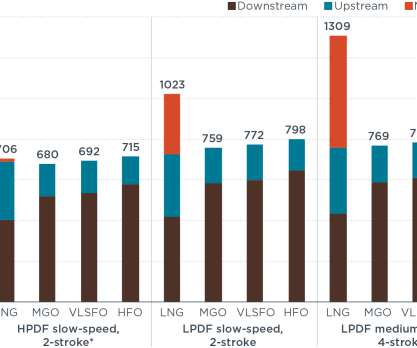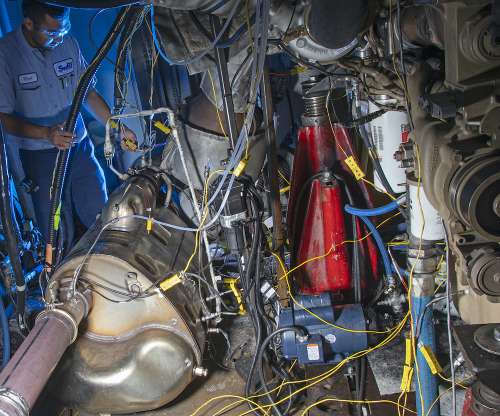Viable exhaust-driven on-board ethanol reforming for improvements in fuel economy and emissions
Green Car Congress
AUGUST 20, 2013
A team at Monsanto and colleagues at AVL Powertrain have successfully designed and demonstrated an onboard low-temperature ethanol reformer that can be driven by exhaust heat. A paper on their work is published in the ACS journal Energy & Fuels. Unlike high-temperature reforming, supplementary water is not required. —Sall et al.






































Let's personalize your content